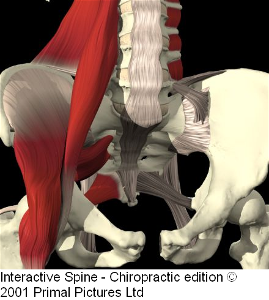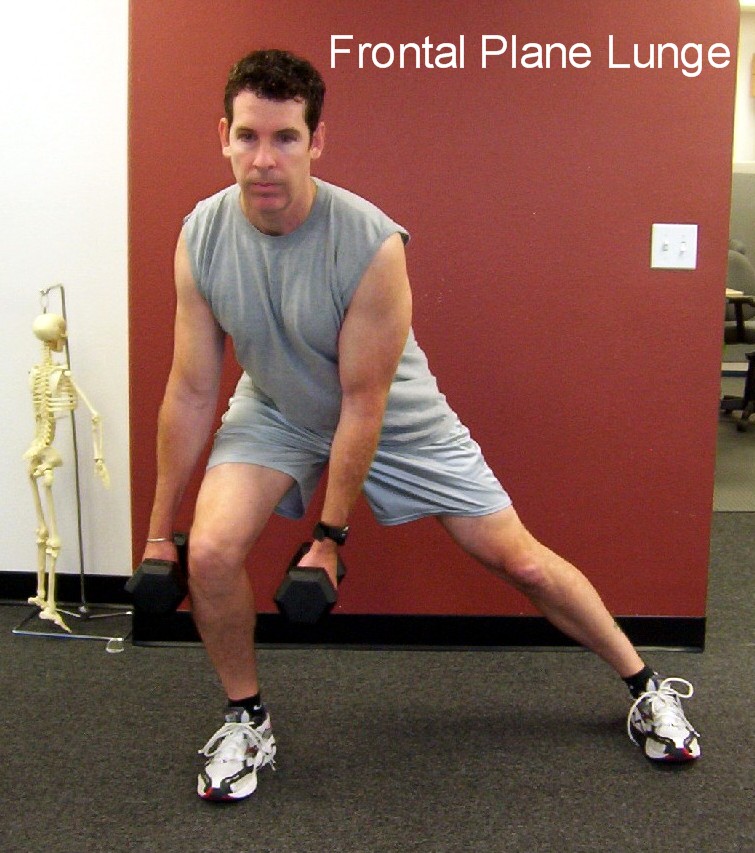(Due to a server crash, this is being reposted after originally being posted on February 17th, 2010)
If it feels so right, how can it be so wrong?
If the only vehicle that you’ve ever driven in your entire life was a 1974 Pinto, then your only frame of reference for a car is a 1974 Pinto. As far as you know, all cars feel every tiny bump in the road, rattle when moving over 55 miles per hour and take 3 people to turn the steering wheel. Then one day a kind friend of yours hands you the keys to a 2010 Mercedes SL 600. Wow! You have just experienced automotive engineering excellence.
What if your body is a 1974 Pinto? Then that is your only frame of reference of how a human body feels when it moves. You can’t step out of your beaten up body and into the body of a Mercedes SL 600. And because you are unaware how good you could feel or how efficient you could move, you accept life as a 1974 Pinto.
From an aesthetic stand point, we can look at someone else and say “I want to look like that” (or “I don’t want to look like that!”). By looking in the mirror, we can see how we compare visually. But movement and kinesthetic awareness (awareness of your body parts and their relationship to one another in space) is not something we can evaluate in the mirror.
Most of what we do with movement every day is done unconsciously and automatic. We might initiate the process consciously but once the action begins, most of it is on autopilot. For example, you might see that your shoe is untied and consciously make the decisions to bend down to tie it. But once the movement starts you’re not thinking about how much to bend from the ankle versus the hip. Those movements are based on your existing, unconscious movement catalog (even if they are those of a 1974 Pinto).
When you are learning a new exercise or dance move, nearly all of the learning is initially through visual and auditory information. The movement is demonstrated (visual) and the cues are spoken (auditory). The kinesthetic part of learning or what we feel works off its existing 1974 Pinto point of reference and are not something we can evaluate in the mirror.
When people learn a new movement, they often miss out on some of the critical kinesthetic cues the body provides. This is because when you learn a new movement or move, the tendency is to be more concerned with the final outcome of the movement, versus what’s the best route to getting there. In other words, the focus is more on what needs to be accomplished (i.e. tying your shoe) rather than the quality of the movement. Therefore, you end up working from a foundation of movements that you are already doing wrong, even though it feels so “normal”.
So what can you do about this? First, it is important to understand that the best way to influence how our body moves is with subtle movements. This is how our nervous system detects change from the status quo. A good example of this is with corrective exercise. The precisions and control of corrective exercise movements allow the nervous system to recognize differences in formerly familiar movements. This is opposed to rapid, dynamic movements that essentially generate momentum with the bigger muscles in the body. Granted, you won’t get your heart rate up the same way, but that is not the purpose.
Corrective exercises will help “reboot” your software so that your body can ultimately learn to do things in a new and improved way. With this your body starts to receive kinesthetic cues that are more like a Mercedes and less like a Pinto.

